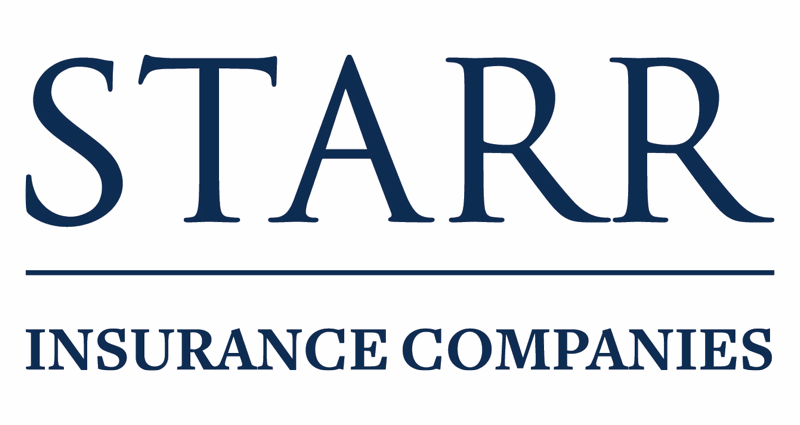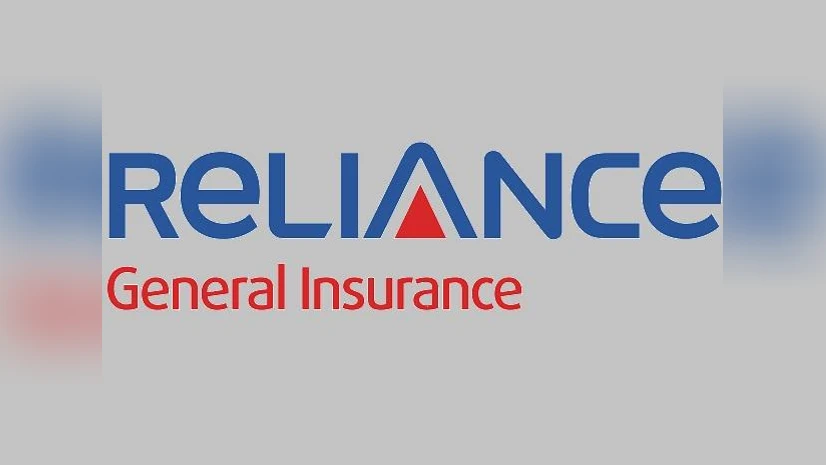Medicare Costs and Sustainability: Rising Medicare costs pose a significant threat to the program’s long-term sustainability, actuaries from the American Academy of Actuaries warned during a recent webinar focused on Medicare’s future. With increased spending on Medicare Part B and Part D prescription drug coverage, combined with rising enrollment, experts project that Medicare premiums and federal budget pressures will rise sharply in the coming decade.
According to Derek Skoog, chairman of the academy’s Medicare Committee, Part B monthly premiums are projected to nearly double, rising from $147 in 2024 to $347 by 2034. At the same time, Part D prescription drug premiums are expected to climb from $34 to $51 per month. These increases could have a substantial impact, particularly since most Medicare beneficiaries rely on fixed incomes and may struggle to absorb higher costs.
Drivers of Rising Medicare Costs
The primary contributors to rising Medicare costs are:
- Growing Enrollment: An increasing number of Americans are qualifying for Medicare, particularly as the population ages.
- More Outpatient Medical Services: A significant driver of increased Part B spending is the rising number of medical services provided on an outpatient basis rather than inpatient hospitalization.
- Prescription Drug Costs: Higher utilization of prescription drugs and rising drug prices contribute to the increasing costs of Part D coverage.
The 2025 Medicare Trustees Report projects that expenditures will begin exceeding income after 2027. In 2024, approximately 44% of Medicare revenue comes from general tax revenues, and this proportion is expected to rise from 11% in 2025 to over 17% by 2055. Today, Medicare represents about 4% of gross domestic product (GDP), but by 2099, that figure is projected to approach 9% of GDP.
Potential Solutions and Challenges
To address the growing gap between Medicare spending and revenue, actuaries suggest a few options:
- Increasing Payroll Tax: Raising payroll tax rates could generate additional revenue to fund Medicare.
- Higher Part B and D Premiums: Further increases in monthly premiums could help close the funding gap.
However, these solutions come with significant challenges:
- They could place further financial strain on retirees and low-income beneficiaries.
- Political resistance may complicate efforts to enact tax hikes or premium increases.
Read about: Zurich Faces Lawsuit Over Forced Builder’s Risk Insurance in Miami: What It Means for the Industry
Controversy Around Prior Authorization in Medicare
In addition to cost pressures, prior authorization practices in Medicare have come under scrutiny. Carrie Graham, director of the Medicare Policy Initiative at Georgetown Center on Health Insurance Reform, explained that public backlash has prompted attention from Washington.

Reforms and Legislative Proposals:
- CMS Final Rule (Effective 2026):
- Requires insurers to provide timely notice of coverage determinations.
- Applies Medicare Advantage appeals rules to prior authorization denials before, during, or after services are delivered.
- H.R. 3514 – Improving Seniors’ Timely Access to Care Act:
- Mandates electronic prior authorization programs.
- Protects Medicare Advantage enrollees by setting consultation requirements.
- Excludes Part D drugs from prior authorization.
- H.R. 2433 – Reducing Medically Unnecessary Delays in Care Act:
- Requires board-certified physicians in relevant specialties to make final decisions on prior authorizations.
- Ensures decisions are based on medical necessity and written clinical criteria.
- Removes “not meeting evidence-based standards” as a denial reason when no standards exist.
Industry Voluntary Pledge
Fifty health insurance carriers, members of AHIP (America’s Health Insurance Plans), signed a voluntary pledge to modernize prior authorization. The pledge outlines a six-point roadmap, but critics question its enforceability and true impact on patients, especially those with complex medical needs.
Conclusion
Rising Medicare Part B and D costs, combined with demographic trends and changing healthcare utilization patterns, pose a significant threat to the sustainability of the Medicare program. Actuaries warn that without significant reforms, the financial burden on beneficiaries and the federal budget will grow unsustainable over time.
Legislative efforts to reform prior authorization processes show bipartisan support and aim to streamline access to care for Medicare enrollees. However, uncertainty remains about whether voluntary industry pledges will adequately address patient concerns and reduce care delays.
In the face of these challenges, policymakers, insurers, and healthcare providers will need to collaborate to ensure that Medicare remains viable and continues to serve the growing population of retirees and disabled Americans.
Also read: The Next Vauxhall Corsa Will Be Electric-Only, Cost £22,000, and Sport a Fresh Design
FAQ: Medicare Costs and Sustainability
1. Why are Medicare Part B and D costs rising?
Rising costs are driven by an aging population increasing enrollment, higher outpatient medical service utilization (for Part B), and rising prescription drug costs (for Part D).
2. What impact will rising premiums have on beneficiaries?
Higher Part B and D premiums will place financial strain on Medicare beneficiaries, many of whom rely on fixed incomes. Part B premiums are expected to rise from $147 in 2024 to $347 by 2034, while Part D premiums could increase from $34 to $51 per month.
3. What reforms are being proposed to improve prior authorization?
Key reforms include requiring electronic prior authorization systems, mandating board-certified physicians make final decisions, and ensuring decisions are based on clinical criteria. Two bills, H.R. 3514 and H.R. 2433, are currently under consideration in Congress.
4. How is Medicare currently funded?
In 2024, 44% of Medicare funding comes from general tax revenues. This share is projected to grow from 11% in 2025 to over 17% in 2055, increasing the pressure on federal finances.
5. Could increasing the payroll tax solve the problem?
While increasing payroll tax rates could provide additional revenue, this approach faces political and economic challenges, especially since it would place further financial burdens on workers and employers.






